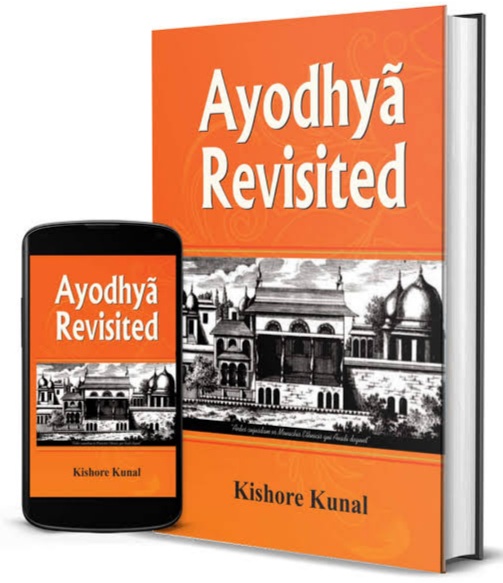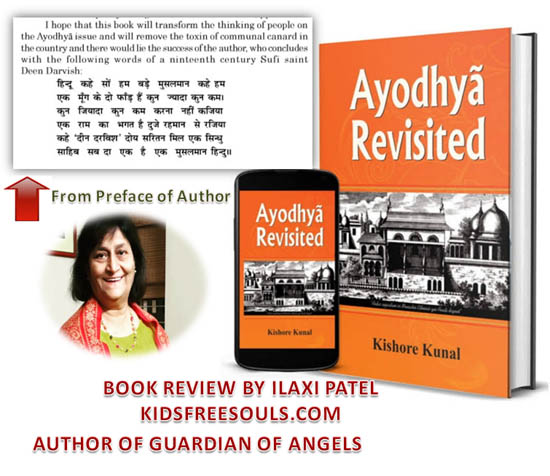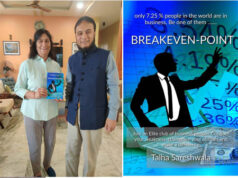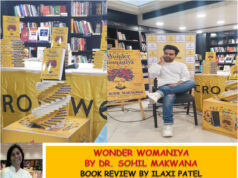The book, titled Ayodhya Revisited, is an 800-page 2016 publication authored by IPS officer turned religious worker Kishore Kunal. It is a work of monumental research is atreatise on Ayodhyã with utmost authenticity and absolute accuracy. Kunal’s official role in the Ayodhya dispute resolution can be traced back to a central posting in his IPS days. In 1989-90, in the VP Singh-led National Front government, the Ministry of Home Affairs created an Ayodhya cell. The ministry chose Kunal as the officer on special duty to facilitate and coordinate the negotiations between Hindu and Muslim representatives on the Ayodhya issue. The cell continued to work under the prime ministership of Chandra Shekhar in 1990-91.
It is wrong to say that Babar ordered the demolition of the Ram Janambhoomi Temple at Ayodhya. He never visited Ayodhya. The claim of historians that Mir Baqi, then Governor of Awadh, got the Babri Mosque constructed in 1528, is ficticious, says the Book. Thus, it is claimed that the first Mughal Emperor Babar had no role either in the demolition of a temple in Ayodhya or in the construction of the Babri Mosque. It also claims that a temple was indeed present at the disputed site. It is a historical fact that until the British takeover of Avadh administration in 1858, both the Hindus and Muslims used to perform puja and offer namaz. respectively at the site.
It has been shown in this book how an absolutely unfounded rumour in 1855 A.D. that the Hanumangarhi temple was constructed on the site of amosque created cleavage between the two communities and the resultant festering wounds have not healed despite best-efforts by saner elements of both the communities.The book exposes many eminent historians’ hypocrisy and their lack of certitude in writing history and it may be said that their presentation of contrived history on Ayodhya has caused irreparable damage to the cause of harmonizing communal relations in the country.
It is learnt that amid flaring tensions, the Ayodhya case arguments reached a shocking move when senior counsel Rajeev Dhavan who represented the Muslim groups in the case tore this book – Ayodhya Revisited – which had been submitted as part of the arguments before the bench. The book in question, Ayodhya Revisited, was submitted to the 5-judge Constitution bench by senior advocate Vikas Singh to supplement his arguments. Dhavan objected to the submission and tore the pages of the book. The bench led by Chief Justice of India Ranjan Gogoi condemning the incident, stated then, that if the behavior continues they would halt the proceedings and walk out.
The book produces significant evidence to prove that there was indeed a Ram Mandir on the Ram Janambhoomi. The book also states that the exact birthplace of Lord Ram was earmarked by a rectangular bed measuring 18 ft. 9 inches in length and 15ft in width, and was located in the inner portion of the disputed shrine. In an Interview, the Author quoted to Rediff, “for the first time I have established that there existed a temple at the disputed site on the basis of original evidence, including slokas on Ayodhya mahatmya of the Rudrayamala,” he said. “I have produced clinching evidence which conclusively prove that there was a temple at the birth place of Lord Ram and there was an idol inside it as it is described in the Rudrayamala,” Kunal added.
India’s Supreme Court ruled in favor of Hindus on last week (1st August 2020) in a decades-old dispute over a holy site contested by Muslims (Ram Janmabhoomi-Babri Masjid land dispute case) handing the Prime Minister Narendra Modi and his followers a major victory in their quest to remake the country as Hindu and shift it further from its secular foundation. The Supreme Court of India backed the construction of a Ram temple by a trust at the disputed site in Ayodhya, and ruled that an alternative five-acre plot must be found for a mosque in the Hindu holy town. The building of a temple to the Hindu god Ram in the town of Ayodhya is a long-cherished goal of Hindu nationalists and a key objective of India’s ruling Bharatiya Janata Party.
The Book on Google : https://books.google.com/books/about/Ayodhya_Revisited.html?id=gKKaDAAAQBAJ









